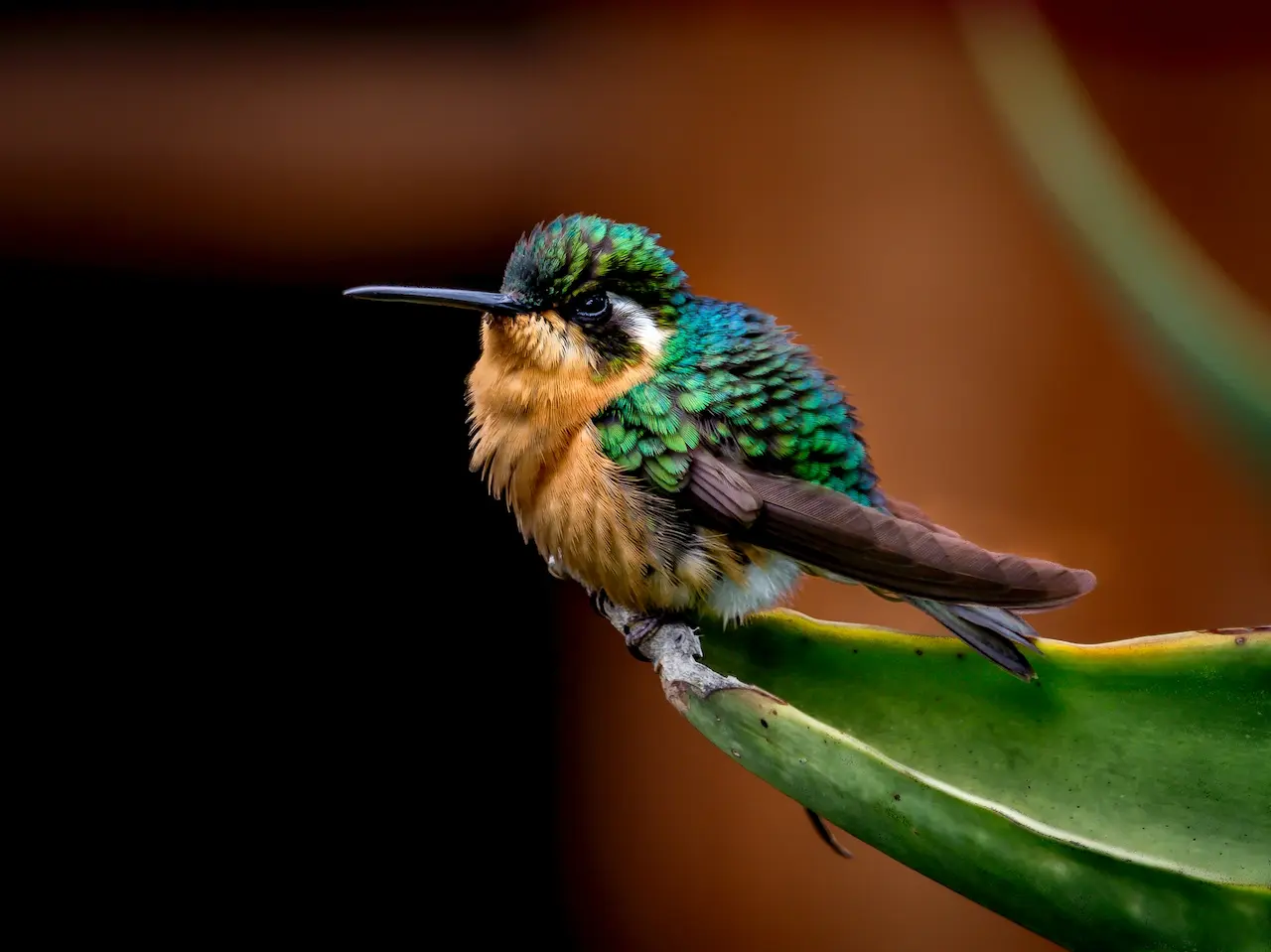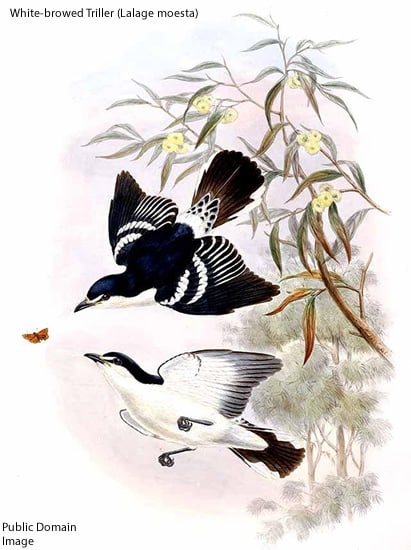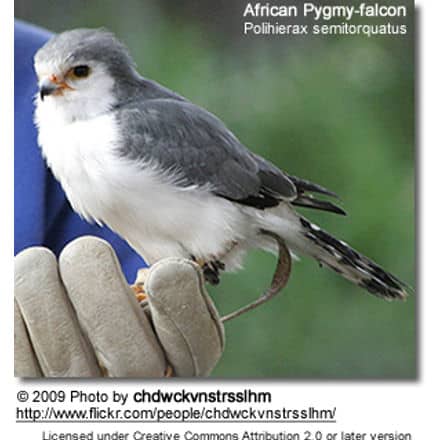American Flamingos (Phoenicopterus ruber)
The American Flamingos (Phoenicopterus ruber) – also commonly referred to as the Caribbean Flamingo, Cuban or West Indian Flamingo – is a large species of flamingo closely related to the Greater Flamingo and Chilean Flamingo. It has sometimes been considered conspecific (of, or belonging to, the same species) but that treatment is now widely viewed (e.g. by the American and British Ornithologists’ Unions) as incorrect due to a lack of evidence.
Their life expectancy of 40 years is one of the longest of all birds.
Flamingo Information … Flamingo Species Photo Gallery
American or Caribeean Flamingo Photo Gallery (with more stunning and detailed photos)
Distribution / Range
The American Flamingo breeds in the Galápagos Islands, coastal Colombia and Venezuela and nearby islands, the Yucatán Peninsula of Mexico, and in the northern Caribbean in the Bahamas, Hispaniola, Cuba and the Turks and Caicos Islands.
Most sightings in southern Florida are usually considered to be escapees, although at least one bird banded as a chick in the Yucatán Peninsula has been sighted in Everglades National Park, and others may be genuine wanderers from Cuba.
Its preferred habitats are saline lagoons, mudflats, and shallow brackish coastal or inland lakes.
Breeding / Nesting
Like all flamingos, it lays a single chalky white egg on a mud mound, between May and August; incubation until hatching takes from 28 to 32 days; both parents brood the young for a period of up to 6 years when they reach sexual maturity.
Description
The American Flamingos is 120–140 cm (47–55 in) in length; males weigh 2.8 kg (6.2 lb) and females 2.2 kg (4.9 lb) kg. Most of its plumage is pink, giving rise to its earlier name of Rosy Flamingo and differentiating adults from the much paler Greater Flamingo.
The wing coverts are red, and the primary (longest outer wing feathers) and secondary flight feathers (shorter, upper “arm” feathers) are black. It is the only flamingo that naturally inhabits North America.
The bill is pink and white with a restricted black tip, and the legs are entirely pink.
Calls / Vocalizations
Its call is described as a goose-like honking.




